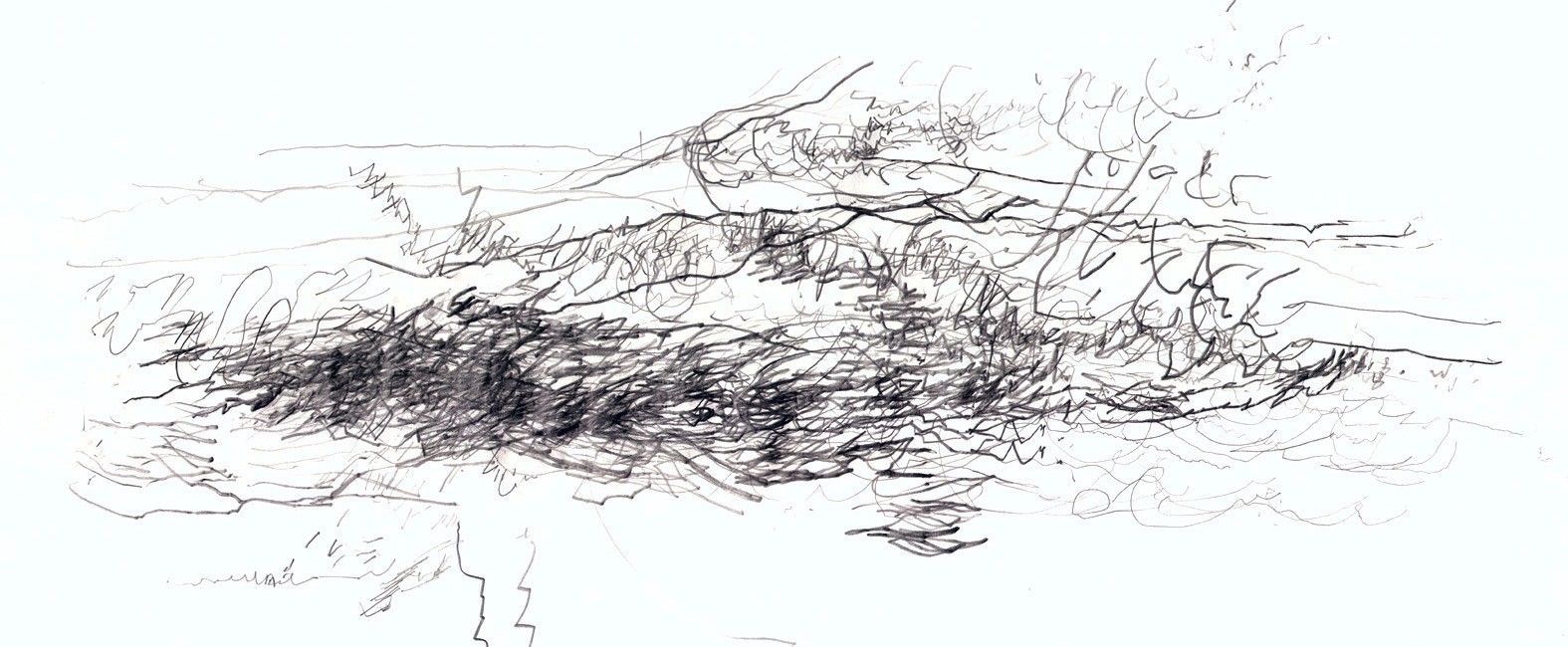Sound Can Be Sketched Too

Sound is an inherently abstract and ephemeral medium. Yet the ways in which we try to convey the ideas we have when discussing it are equally, if not just as, abstract.
The challenge comes in trying to translate something that you’ve heard and communicate it through a different medium — usually spoken or written language. Excessive adjectives can only get you so far and this is in and of itself a slippery slope to traverse and one that can be fruitless in the end if this is part of a process to create and design sounds.
Sound design may appear to be an intimidating exercise to undertake — the task of creating an intangible something from nothing. However the processes and frameworks that can be used are not dissimilar from those used in creating visual content.
Sound can be sketched too
A sketch by its nature isn’t a finalised product, more like an idea that’s been committed to record with the intention of being iterated over. Much in the same way that a graphic designer might create, reflect, recreate, and iterate over a number of cycles until arriving at a final version, these same processes are applicable in sound design.
But how exactly do you go about sketching sound and what tools can be used? One of the best sound sketching tools isn’t software, or even a plug-in. It’s the human voice.
The voice can be an exceptional musical instrument and, as music is one subset of sound, it follows that the voice can be a versatile sound design tool and one well suited to the task of sketching sound. The human voice can vary pitch, intonation, timbre, amplitude, attack, decay, and other characteristics in producing a sound.
If the voice is the pen, then the recorder is the notebook and sketchpad — the stock Voice Memos app on your iPhone is a convenient yet unappreciated one. On it you can get your ideas and intentions down as quickly or as crudely or precicesly as you see fit, and if you’re feeling particularly adventurous try importing your recordings into Garageband or DAW of choice and experiment with manipulating your recordings further.
You can do this with EQ settings, filters, delays, or any number of combination of effects.
The best thing to do is to keep experimenting
With two basic tools you can begin to experiment and understand what sounds do and don’t work within a particular context, and begin to understand why. If you’re working on an app and are looking for interface sounds, it’s possible to quickly create numerous sounds that can be played back alongside your prototypes and mockups. You’ll quickly be able to marry the visual and audio in a cohesive and coherent manner.
